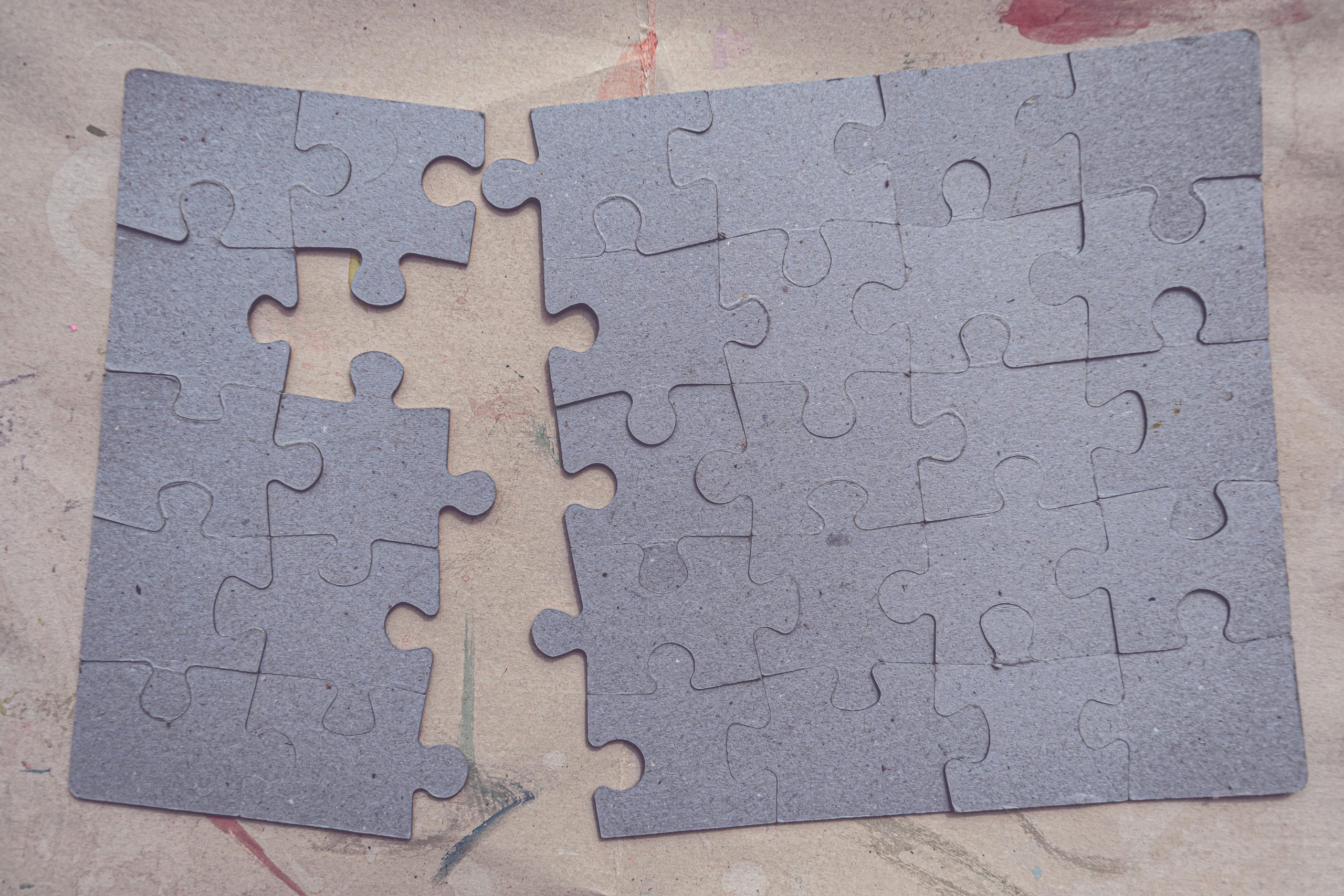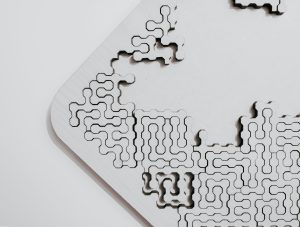Jigsaw puzzles have been a beloved pastime for centuries, offering a unique blend of relaxation, challenge, and satisfaction.
However, with the rise of technology, digital puzzles have surged in popularity, providing convenience and innovation. But which one is more fun?
The answer depends on personal preference, playstyle, and the experience each type of puzzle provides. In this article, we’ll compare the two, exploring their benefits, drawbacks, and what makes each one enjoyable in its own way.
The Joy of Traditional Jigsaw Puzzles
Tactile and Hands-On Engagement
One of the biggest appeals of physical jigsaw puzzles is their hands-on nature. There’s something deeply satisfying about feeling the pieces, sorting them by shape and color, and physically placing them together to create a complete image.
This tactile experience is something digital puzzles simply cannot replicate. The process of turning pieces, searching for that perfect fit, and slowly seeing the image come together is a rewarding challenge that engages the senses in a way that digital versions lack.
A Screen-Free Activity
In a world where screen time is constantly increasing, traditional jigsaw puzzles provide a much-needed break from digital devices.
Working on a puzzle allows players to disconnect from social media, emails, and notifications, promoting mindfulness and relaxation. This screen-free engagement also helps reduce eye strain and mental fatigue, offering a therapeutic escape from the fast-paced digital world.
A Social and Collaborative Experience
Physical puzzles are great for bringing people together. Whether it’s a family gathering or a solo endeavor with occasional help from friends, jigsaw puzzles encourage teamwork and communication.
Completing a large puzzle together creates a sense of shared accomplishment and bonding. Some families and friends even develop traditions around puzzle-solving, making it a nostalgic and meaningful activity.
Challenges and Limitations
While traditional puzzles are enjoyable, they do come with some drawbacks. Storage can be an issue, especially for large puzzles, and losing a single piece can be frustrating.
Additionally, puzzles take up physical space, which might not be ideal for those with limited room at home. Furthermore, completing a physical puzzle can require significant time and patience, which may not appeal to everyone.
The Appeal of Digital Puzzles
Convenience and Accessibility
One major advantage of digital puzzles is accessibility. With just a few clicks, players can access thousands of puzzles without the need for physical storage. Digital puzzles also allow users to play anytime and anywhere, making them a great option for people on the go. Whether on a smartphone, tablet, or computer, players can enjoy puzzles without worrying about space or missing pieces.
Innovative Features and Customization
Many digital puzzle platforms offer features that traditional puzzles can’t, such as customizable difficulty levels, hints, and the ability to save progress. Some even provide animated effects, soundscapes, and unique challenges that enhance the experience beyond what physical puzzles offer. Interactive elements like rotating pieces, zooming in for finer details, and auto-sorting options add to the overall convenience and engagement of digital puzzles.
No Missing Pieces
One of the most frustrating aspects of physical puzzles is losing pieces. Digital puzzles eliminate this problem entirely, ensuring that every piece is always available and fits perfectly. This makes digital puzzles a stress-free alternative, especially for those who dislike the frustration of incomplete sets.
Less Social, More Solo Play
While some digital puzzles allow multiplayer experiences, many are designed for solo play.
However, online platforms are introducing more ways to collaborate and interact with others, and were an especially valuable way to socialise with friends and family during the pandemic. Some digital puzzles offer competitive leaderboards, cooperative modes, and the ability to send custom-made puzzles to friends across the globe.
Which Is More Fun? The Verdict
Ultimately, the choice between traditional and digital puzzles depends on personal preference. Those who enjoy a tactile, immersive experience and a break from screens may prefer physical puzzles. Meanwhile, players looking for convenience, variety, and innovative features might find digital puzzles more enjoyable. Traditional puzzles may appeal more to those who enjoy a methodical, hands-on challenge, while digital puzzles cater to players who seek quick and accessible entertainment. Thankfully, there’s no need to choose just one—many enthusiasts enjoy both for different reasons!
Noteworthy Jigsaw and Digital Puzzle Examples
To illustrate the variety available in both categories, here are four unique and engaging puzzle experiences:
Tanggle.io – Social Jigsaw Puzzling (Digital)
This online multiplayer platform brings people together to solve jigsaw puzzles collaboratively. With an extensive puzzle gallery, the ability to upload custom images, and a completely ad-free experience, Tanggle.io makes online puzzling both interactive and stress-free.
Puzzle Tubes – Augmented Reality Puzzling (Physical & Digital Hybrid)
By merging physical puzzles with augmented reality, Puzzle Tubes offer a unique experience that transforms completed puzzles into interactive, digital scenes. This innovation means it provides the tactile experience of traditional jigsaws, while introducing an element of modern engagement.
Art Puzzle – A Living Jigsaw Experience (Digital)
Available on mobile platforms, Art Puzzle reimagines traditional jigsaws by allowing users to complete artistic scenes that animate upon completion. This calming and visually stimulating experience adds a creative dimension to puzzle-solving.
Mosaic Puzzles – A Tribute to Classic Wooden Jigsaws (Physical)
Mosaic Puzzles bring back the timeless charm of traditional wooden jigsaws, enhanced with modern craftsmanship. In their lab in Alpharetta, Georgia, they carve out highly detailed and uniquely shaped pieces that tell a story within the puzzle itself.
With whimsical depictions of landmarks and nature to shapes resembling people and animals, the puzzles are a piece of art in their own right.
Mosaic Puzzles also champion the build quality of the puzzles, saying that their durability makes them perfect for display or for passing down as heirlooms. This makes their products a great case study in what is truly unique to physical jigsaw puzzles.
Conclusion
Jigsaw puzzles, whether physical or digital, offer a rewarding and enjoyable experience for all ages.
Traditional puzzles provide a hands-on, relaxing activity that fosters collaboration, while digital puzzles deliver convenience and innovative features.
Both have their own unique appeal, catering to different preferences and lifestyles. No matter which type you prefer, both offer a fantastic way to challenge the mind and unwind.
Why not try both and see which one you enjoy more?




